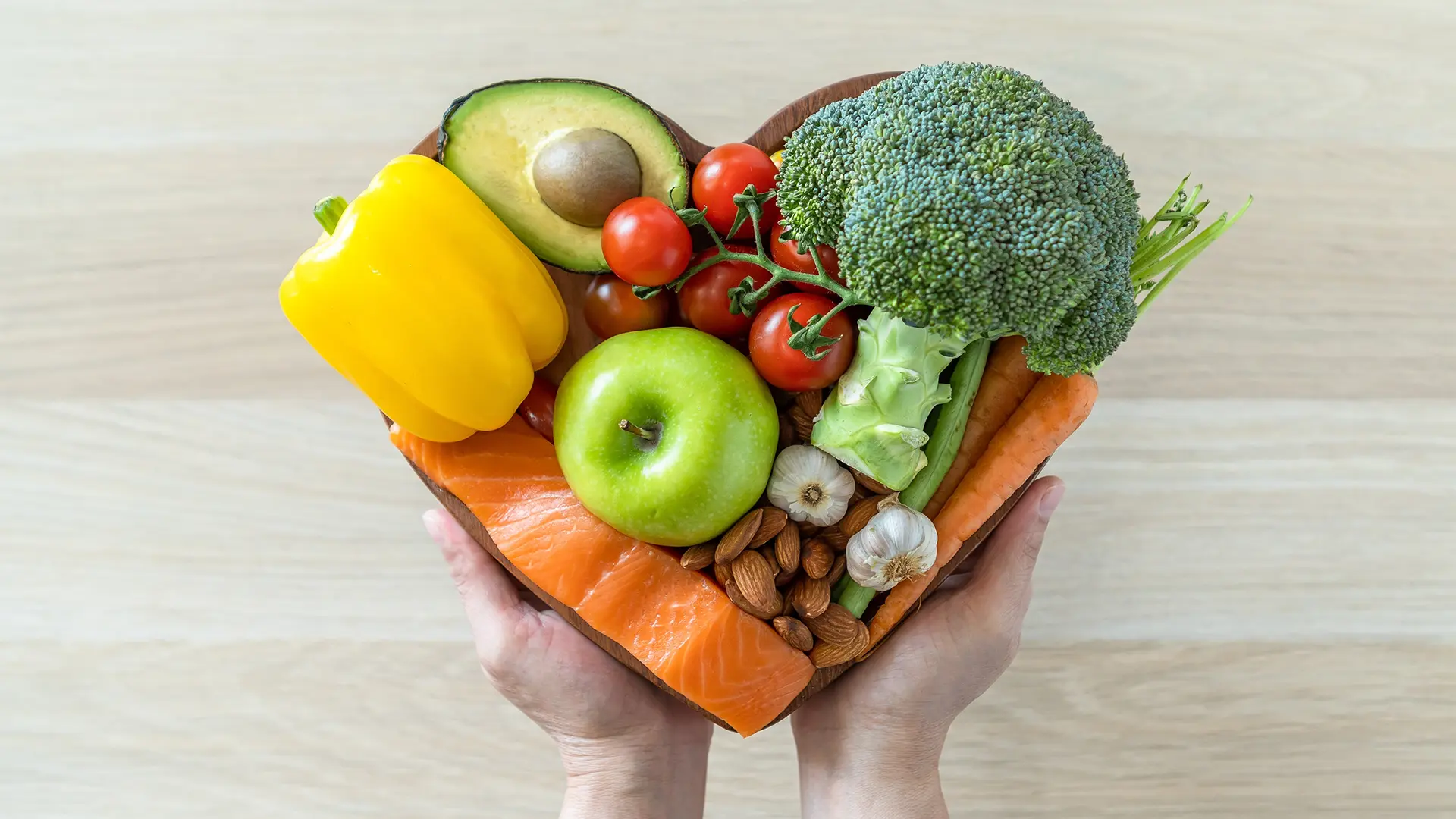World Food Day is an international day celebrated every year around the world on 16 October to commemorate the founding of the Food and Agriculture Organization of the United Nations in 1945. Today is widely celebrated by many other organizations concerned with hunger and food security, including the World Food Programme, the World Health Organization and the International Fund for Agricultural Development.
The aim of World Food Day is not only to increase food production, but to ensure that this production reaches everyone fairly and sustainably. Although farmers around the world produce enough food to feed more than the global population, hunger still persists. Around 733 million people around the world face hunger due to wars, economic downturns, inequalities and pandemics. This reflects growing inequalities between and within countries, with the poor and vulnerable most severely affected.
Food is the third most basic human need after air and water. Everyone should have the right to adequate food.
What is this year's World Food Day theme?
For 2024, the theme for World Food Day is “Food is a Right for a Better Life, a Better Future. This theme emphasizes that ensuring everyone's right to adequate and nutritious food is a fundamental requirement for a better life and future. It aims to raise global awareness on promoting the right to food, combating hunger, sustainable development and social equality.
The latest information on hunger in the world
- By 2023, 828 million people are affected by hunger. This is 46 million more than in 2022.
- In 2023, around 2.4 billion people worldwide do not have regular access to sufficient and nutritious food. This is about 350 million more than before the COVID-19 pandemic.
- In 2023, around 3.2 billion people cannot afford to eat a healthy diet. This number has increased by about 100 million compared to 2022.
- The World Health Organization and UNICEF recommend exclusive breastfeeding for the first 6 months of life. In 2023, around 45% of babies under 6 months of age worldwide are exclusively breastfed.
- According to the World Health Organization, around 670 million people (8% of the world's population) will still be facing hunger in 2030.
What can we do?
By choosing local and seasonal products to practice sustainable nutrition, we can reduce food waste and minimize environmental impact. By consuming balanced and nutritious foods, we can both protect our own health and increase social awareness of nutrition. We should also buy food in a planned way to avoid food waste, store leftovers properly and avoid throwing them away. We can choose healthy and appropriate products by shopping consciously and reading labels carefully. Every nutritional step we can take will help us protect our personal health and contribute to an effective fight against global hunger.
Source:
- Food and Agriculture Organization of the United Nations, 2024. Right to foods for a better life and a better future. Access: 13.09.2024 https://www.fao.org/world-food-day/about/en
- World Health Organization,2022. UN Report: Global hunger numbers rose to as many as 828 million in 2021. Access: 13.09.2024 https://www.who.int/news/item/06-07-2022-un-report--global-hunger-numbers-rose-to-as-many-as-828-million-in-2021
- Global hunger ındex the power of youth ın shapıng food systems,2023. Access: 13.09.2024.


